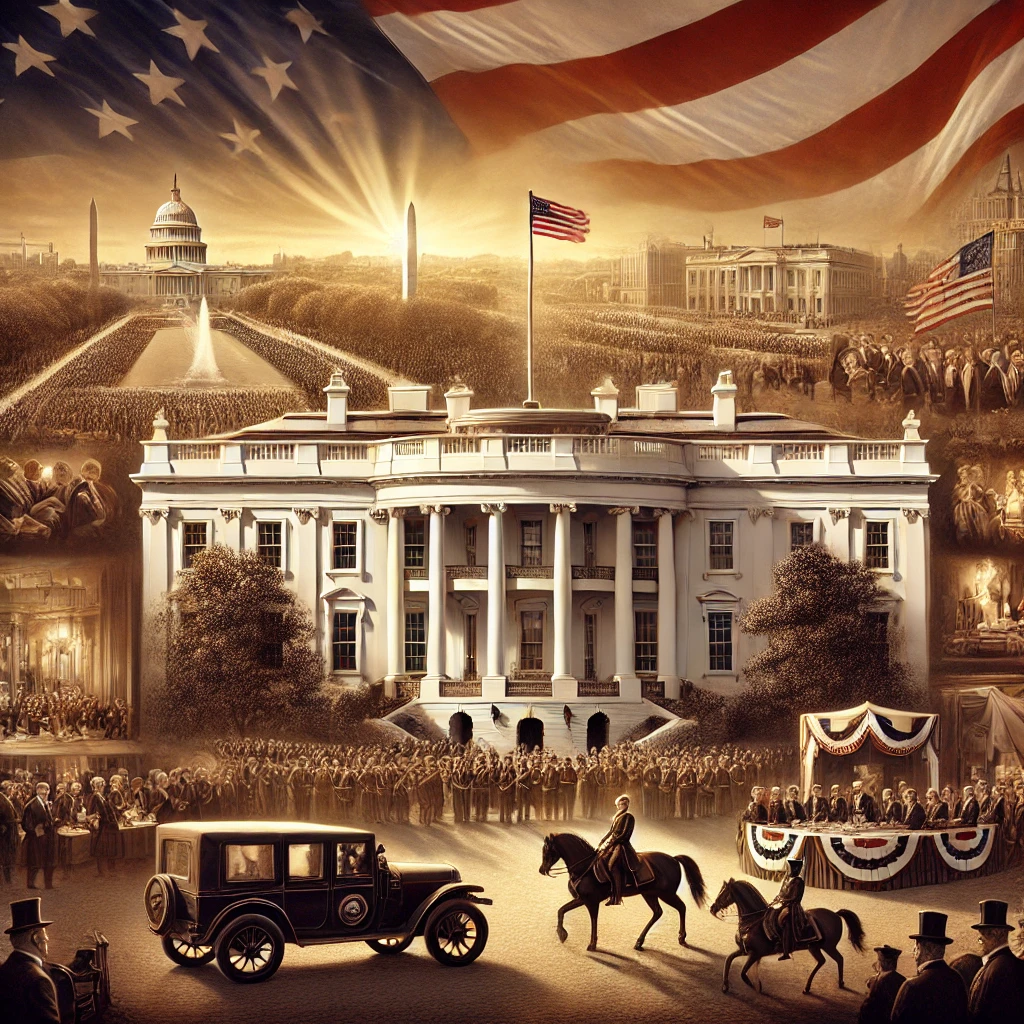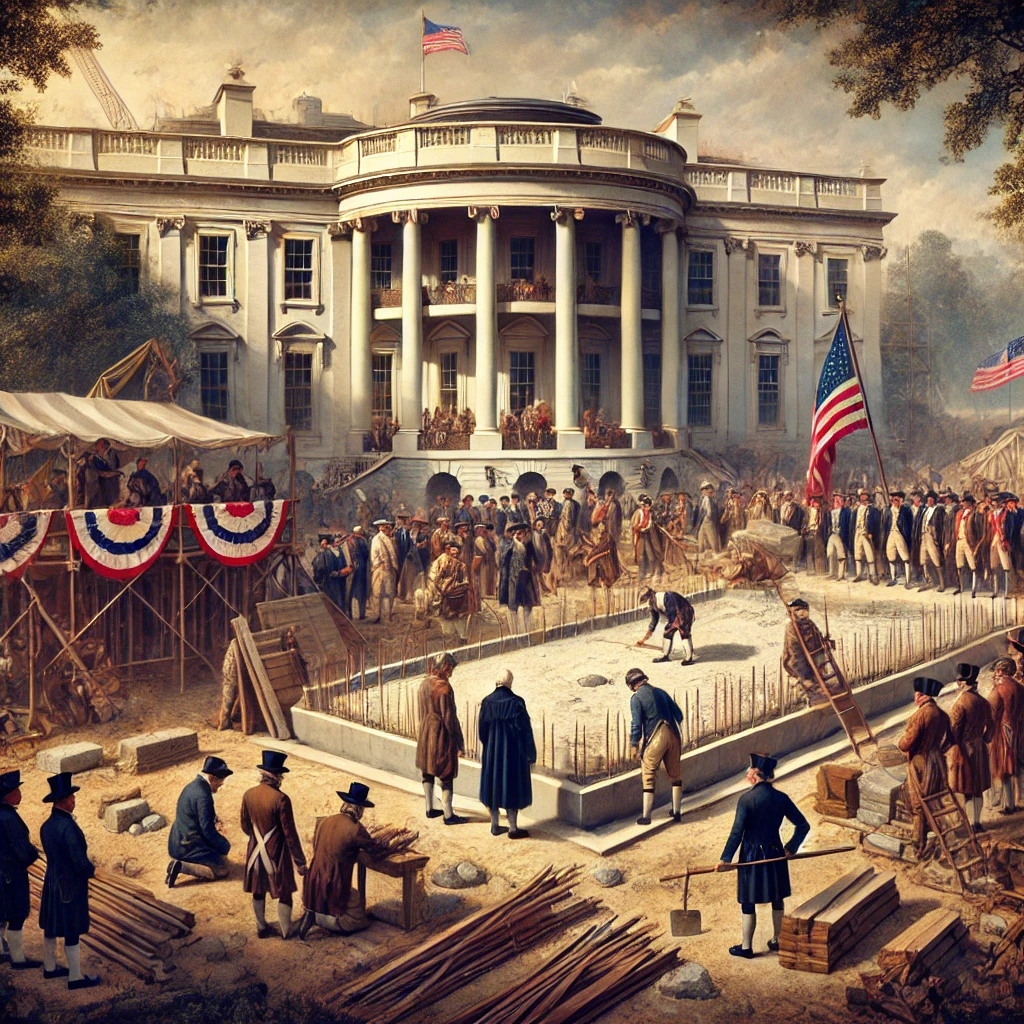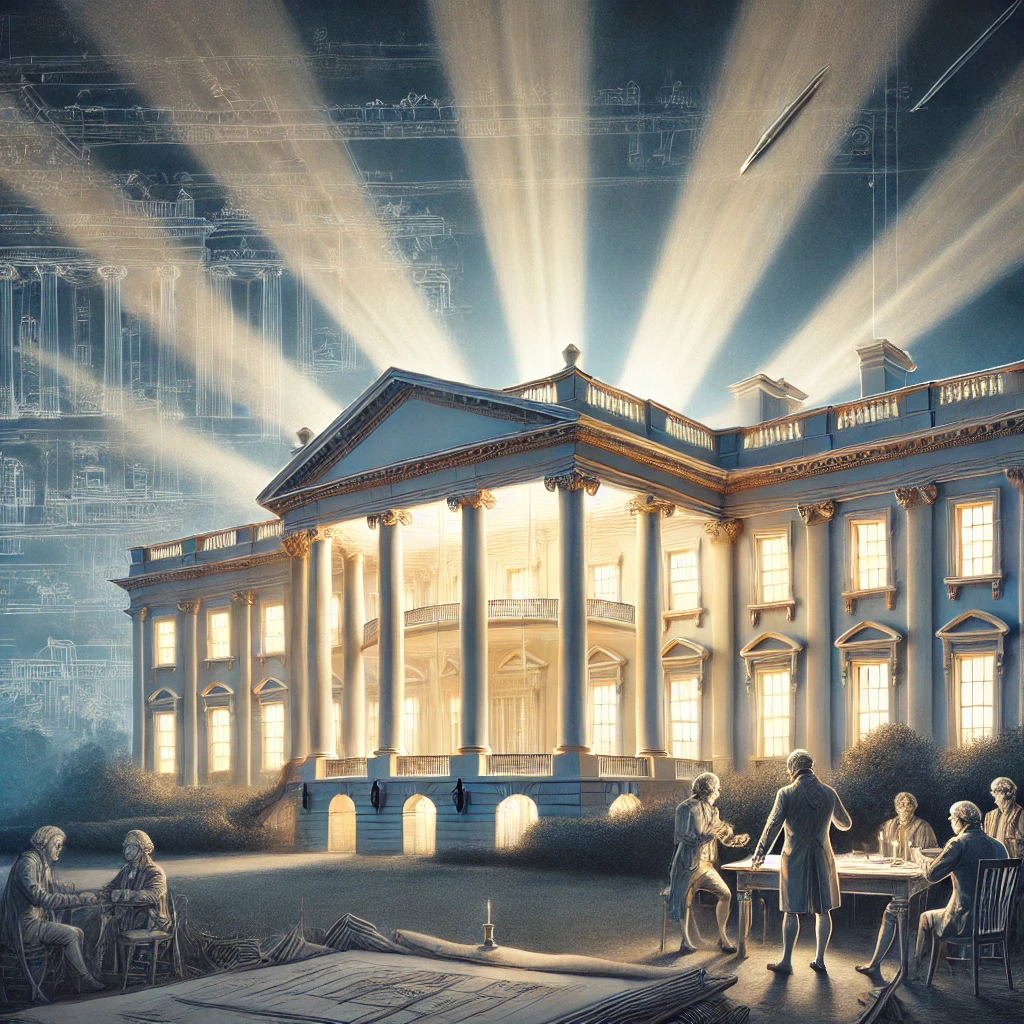On October 13, 1792, the cornerstone of the White House was laid, marking the beginning of a monumental architectural project that would become one of the most iconic buildings in the United States. Designed to serve as the official residence and workplace for the President of the United States, the White House has since become a symbol of American democracy and governance. The laying of its cornerstone not only represented the physical foundation of a new nation but also reflected the aspirations and ideals of a fledgling republic.

The Vision Behind the White House
The vision for the White House emerged during a time of great change and uncertainty in America. Following the Revolutionary War, the newly established United States sought to create a strong national identity, and the need for a suitable presidential residence became paramount. President George Washington and other founding fathers recognized the importance of a grand home for the nation’s leader, one that would embody the values and ideals of the republic.
To bring this vision to life, the U.S. government held a competition to design the new presidential residence. The winning design came from Irish-born architect James Hoban, whose neoclassical style was inspired by European architecture. Hoban’s plan incorporated elements of symmetry and grandeur, aiming to create a structure that would represent the dignity and authority of the presidency.

The Cornerstone Ceremony
The laying of the cornerstone on October 13, 1792, was a significant event attended by President Washington and other dignitaries. The ceremony was marked by a sense of optimism and hope as the nation took its first steps toward establishing a permanent seat of government. Although the initial construction faced delays and challenges, the laying of the cornerstone symbolized the commitment of the young nation to its democratic principles.
Construction of the White House progressed over the next several years, with laborers working diligently to bring Hoban’s design to fruition. The building was primarily constructed using Aquia Creek sandstone, and the architecture reflected the neoclassical ideals of order, symmetry, and grandeur. By the time the building was completed in 1800, it stood as a testament to the vision of America’s founders.
The Historical Significance
The White House quickly became more than just a residence; it evolved into the center of American political life and a symbol of the presidency. The building has witnessed significant historical events, including the signing of important legislation, state dinners, and moments of national crisis. Throughout its history, the White House has served as a backdrop for both celebration and mourning, reflecting the complexities of the American experience.

Over the years, the White House has undergone several renovations and expansions, adapting to the changing needs of the nation. However, its fundamental structure and the symbolism of its design have remained intact. The White House is not only a functioning government building but also a cherished national landmark, embodying the ideals of democracy, leadership, and the rule of law.
A Lasting Legacy
Today, the White House stands as one of the most recognizable buildings in the world. It represents the enduring legacy of the United States and serves as a symbol of the country’s commitment to democracy and governance. The history of the White House is woven into the fabric of American society, reflecting the evolution of the nation from its inception to the present day.
The laying of the cornerstone for the White House on October 13, 1792, marked a significant milestone in American history, setting the stage for the construction of a building that would become a symbol of democracy and leadership. The White House has evolved over the years, but its essence remains rooted in the ideals of the founding fathers. As we reflect on this historic event, we recognize the importance of the White House not only as a physical structure but also as a representation of the values and aspirations of the United States. The legacy of the White House continues to inspire and unite citizens, serving as a reminder of the enduring principles of democracy and governance that define the nation.
